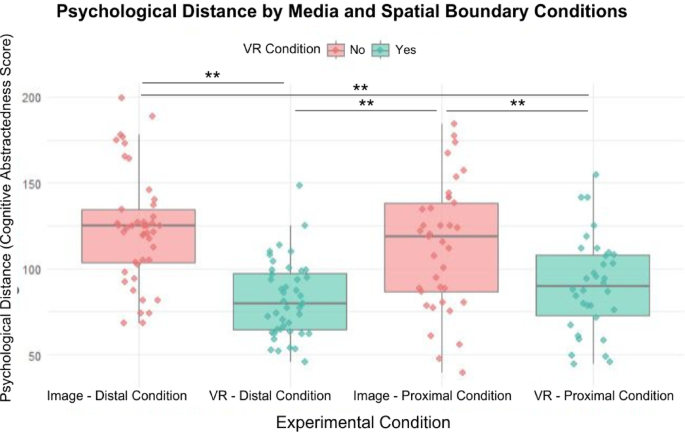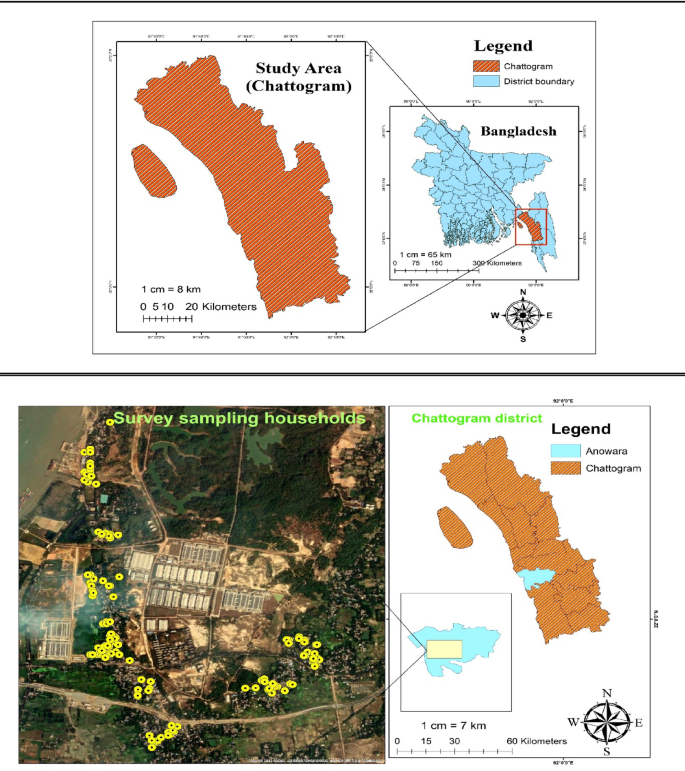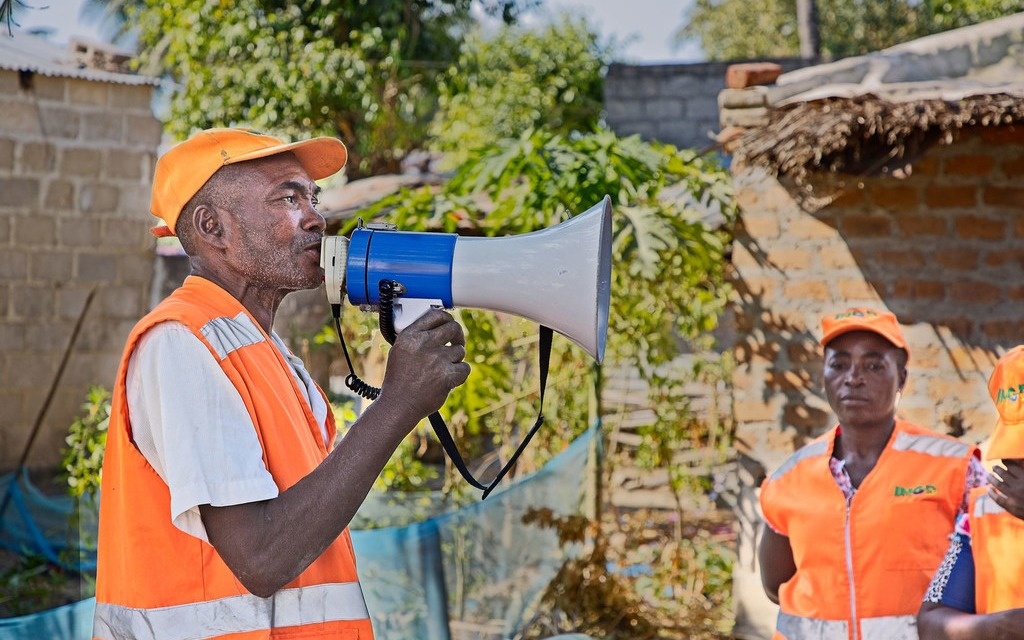Report on Innovative Livestock Breeding and its Contribution to Sustainable Development Goals
Introduction: Addressing Agricultural Emissions for Global Sustainability
A scientific initiative in Scotland is pioneering a selective breeding programme for cattle to reduce methane emissions, a potent greenhouse gas. This report analyses the programme’s methodology and its significant alignment with several United Nations Sustainable Development Goals (SDGs), particularly those concerning climate action, sustainable production, and technological innovation.
- Livestock, particularly cattle, are a major source of anthropogenic methane, accounting for at least 12% of global emissions according to the Food and Agriculture Organisation of the United Nations.
- Methane is a critical target for climate mitigation, as it traps 80 times more heat than carbon dioxide over its first two decades in the atmosphere.
- Reducing methane emissions offers a rapid pathway to mitigating global warming due to its relatively short atmospheric lifetime of approximately 12 years.
Core Initiative and Alignment with SDG 13: Climate Action
The “Cool Cows” breeding programme, led by Scotland’s Rural College, directly addresses SDG 13 (Climate Action) by developing a permanent, cumulative solution to reduce enteric methane from cattle.
- Projected Impact: The programme is demonstrating the potential to decrease methane production from cattle by 40% within a 20-year timeframe.
- Mechanism of Reduction: Calves born within the programme produce 2% less methane than their parents. This genetic trait is permanent for the animal’s life and is enhanced in subsequent generations when low-methane animals are bred together.
- Contribution to Climate Targets: This initiative provides a tangible tool for the agricultural sector to lower its carbon footprint, contributing to national and global climate targets such as the UK National Farmers’ Union goal of net-zero emissions by 2040.
Technological Advancement for SDG 9: Industry, Innovation, and Infrastructure
The success of the programme is underpinned by scientific innovation, reflecting the principles of SDG 9, which encourages sustainable industrialisation and fosters innovation.
- Genetic Identification: The process relies on a new DNA test, developed by the company Semex, which can predict the methane output of individual animals by identifying inherited genetic factors that influence gut microbes.
- Accelerated Breeding Techniques: In-vitro fertilisation (IVF) is utilised to produce multiple calves (five to six per year) from elite low-methane animals, significantly accelerating the dissemination of these desirable genetics throughout the cattle population.
- Sustainable Innovation: The methane reduction is achieved through selective breeding rather than genetic modification, presenting a natural and widely acceptable technological advancement for the industry.
Implications for SDG 2 (Zero Hunger) and SDG 12 (Responsible Consumption and Production)
By improving the environmental efficiency of livestock farming, the initiative supports the goals of achieving food security through sustainable agriculture (SDG 2) and ensuring sustainable consumption and production patterns (SDG 12).
- Sustainable Production: The programme enables the production of meat and dairy with a demonstrably lower environmental impact, aligning with the objectives of SDG 12.2 for the sustainable management and efficient use of natural resources.
- Informed Consumer Choice: Professor Mike Coffey notes that this provides consumers who choose to eat meat and dairy with a lower-emission option, empowering responsible consumption choices.
- Resilient Agriculture: This innovation contributes to making food production systems more sustainable and resilient, a key target of SDG 2.4, without compromising food availability.
Broader Context and Future Considerations
While the breeding programme represents a significant advance, experts caution that it must be part of a broader strategy. Food sustainability experts, such as Emma Garnett from the University of Oxford, emphasise that while efficiency gains are valuable, they should not obscure the need for wider systemic changes.
- Complementary Strategies: The most effective way to reduce methane from livestock remains farming fewer cattle and encouraging a shift towards more plant-based diets.
- Consumer Trends: While UK beef consumption has declined, cheese consumption is rising, indicating complex dietary patterns that must be considered in climate strategies.
- Holistic Approach: The initiative is a tool to mitigate the impact of existing agricultural systems but should not be viewed as a substitute for comprehensive policies addressing both production efficiency and overall consumption levels to achieve climate and sustainability goals.
Analysis of Sustainable Development Goals in the Article
1. Which SDGs are addressed or connected to the issues highlighted in the article?
- SDG 13: Climate Action: The article’s central theme is the fight against climate change by reducing methane, a potent greenhouse gas. It explicitly states that the breeding program is an “important ally in the fight against climate change” and that reducing methane levels “could have a significant impact on global warming.”
- SDG 2: Zero Hunger: This goal is relevant through its focus on sustainable agriculture. The article discusses a new method to make livestock farming, a key part of global food systems, more environmentally sustainable. Target 2.4, which calls for sustainable food production systems and resilient agricultural practices, is directly connected to the innovative breeding program described.
- SDG 9: Industry, Innovation and Infrastructure: The article highlights scientific research and technological innovation as the solution to the problem. It describes a “groundbreaking breeding programme,” a “new DNA test,” and the use of “IVF techniques” as key components. This directly relates to SDG 9’s emphasis on enhancing scientific research and upgrading technology to make industries more sustainable.
- SDG 12: Responsible Consumption and Production: The article touches upon sustainable production methods and consumer choices. It discusses producing meat and dairy with a “lower impact” and providing consumers with choices, similar to choosing a car with lower emissions. It also references shifts in consumption patterns, such as the decline in beef consumption and the rise in cheese consumption, linking production methods to consumer behavior.
2. What specific targets under those SDGs can be identified based on the article’s content?
-
SDG 13: Climate Action
- Target 13.2: Integrate climate change measures into national policies, strategies and planning. The article mentions the National Farmers’ Union’s target of “reducing greenhouse gas emissions to net zero by 2040,” which is an industry-level strategy to combat climate change. The breeding program itself is a specific technological strategy to achieve this.
-
SDG 2: Zero Hunger
- Target 2.4: By 2030, ensure sustainable food production systems and implement resilient agricultural practices that increase productivity and production, that help maintain ecosystems, that strengthen capacity for adaptation to climate change… The breeding program is a clear example of a resilient agricultural practice designed to make food production (livestock farming) more sustainable by reducing its negative environmental impact (methane emissions).
-
SDG 9: Industry, Innovation and Infrastructure
- Target 9.4: By 2030, upgrade infrastructure and retrofit industries to make them sustainable, with increased resource-use efficiency and greater adoption of clean and environmentally sound technologies… The development and application of DNA testing and selective breeding to reduce methane is a “clean and environmentally sound technology” being adopted by the agricultural industry to make it more sustainable.
- Target 9.5: Enhance scientific research, upgrade the technological capabilities of industrial sectors… The entire initiative, led by scientists like Professor Mike Coffey from Scotland’s Rural College and supported by companies like Semex, is a direct example of enhancing scientific research and technological capability within the agricultural sector.
-
SDG 12: Responsible Consumption and Production
- Target 12.2: By 2030, achieve the sustainable management and efficient use of natural resources. Breeding cows to be more efficient by producing less methane per unit of food (meat or dairy) is a method of achieving more sustainable management of livestock resources.
3. Are there any indicators mentioned or implied in the article that can be used to measure progress towards the identified targets?
-
For SDG 13 (Climate Action):
- Directly Mentioned Indicator: The percentage reduction of methane emissions from cattle. The article provides specific figures that can be used as indicators: a potential “40% fall in just 20 years” and the fact that calves in the program “produce 2% less methane than their parents.”
- Directly Mentioned Indicator: The share of agriculture in total greenhouse gas emissions. The article states that “Agriculture currently accounts for 10% of the UK’s greenhouse gas emissions,” providing a baseline indicator against which reductions can be measured.
-
For SDG 2 & 9 (Sustainable Agriculture & Innovation):
- Implied Indicator: The adoption rate of the low-methane breeding technology by farmers. The article describes the program and the tools being developed, implying that its success and contribution to sustainability will be measured by how many farmers adopt these “tools to enable that choice to be made.”
-
For SDG 12 (Responsible Consumption and Production):
- Directly Mentioned Indicator: Changes in food consumption patterns. The article provides data on this, stating that “Beef consumption has already fallen by 62% since 1980” while “cheese consumption is increasing.” These statistics are indicators of shifting consumer behavior relevant to sustainable consumption.
4. Summary Table of SDGs, Targets, and Indicators
| SDGs | Targets | Indicators |
|---|---|---|
| SDG 13: Climate Action | Target 13.2: Integrate climate change measures into policies and planning. |
|
| SDG 2: Zero Hunger | Target 2.4: Ensure sustainable food production systems and resilient agricultural practices. |
|
| SDG 9: Industry, Innovation and Infrastructure | Target 9.4: Upgrade industries with clean and environmentally sound technologies. Target 9.5: Enhance scientific research and upgrade technological capabilities. |
|
| SDG 12: Responsible Consumption and Production | Target 12.2: Achieve the sustainable management and efficient use of natural resources. |
|
Source: news.sky.com







